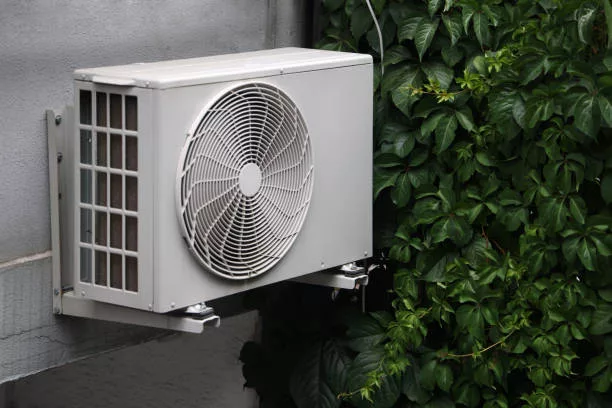Groundbreaking research spearheaded by DOE‘s Oak Ridge National Laboratory (ORNL) unveils a comprehensive view of how geothermal heat pumps (GHPs) could revolutionize America’s electric power system, enhancing grid reliability, slashing energy costs, and bringing forth a significant reduction in carbon emissions by 2050.
Transformative Potential of Geothermal Heat Pumps
Through sophisticated simulation models, experts have projected the mass implementation of GHPs in commercial and residential spaces over the next few decades. Xiaobing Liu of ORNL, the lead researcher, highlights their substantial influence in alleviating the demands on electric power infrastructure and abating carbon emissions.
Focusing on the merit of GHPs, the research suggests a robust approach for their widespread application, complemented by improvements in building envelopes, especially in single-family homes, which all together, can knock down energy costs and curtail CO2 emissions in both the electric and building sectors.
How GHPs Work Their Magic
Renowned as a sustainable and efficient alternative to conventional HVAC systems, GHPs exploit the stable ground temperatures to heat and cool buildings, leading to significant energy savings and reduced emissions due to their high efficiency and fuel-free operation.
Collaborative efforts with the National Renewable Energy Laboratory (NREL) using ORNL’s GHP simulation tools and existing building data led to a pioneering study. These simulations stretched to cover myriad scenarios – from current grid operations to a fully decarbonized grid – and quantified the impactful changes GHPs could bring when paired with upgraded building envelopes.
Staggering Results from Coast to Coast
The findings were impressive, showing substantial electric demand and carbon emissions deductions across all U.S. regions. While cold climates will see a notable replacement of gas furnaces with GHPs, warmer regions are expected to reap higher electricity savings. The projections translate into massive energy savings and signal billions of dollars in reduced electricity expenditures.
In articulating the scale of change, Liu points to an 11-13% reduction in generation and capacity needs of the U.S. electric power system and up to 28% slash in peak electric demand by 2050. These percentages equate to an enormous amount of saved energy and a 5% cut in the nation’s 2022 primary energy consumption.
Boosting Grid Resilience During Extreme Weather
An added advantage of GHPs is their role in stabilizing the grid amidst extreme weather conditions. Reflecting on recent power grid challenges, such as those that struck Texas in winter 2021, GHPs emerge as a key element in preventing electric demand from overwhelming power supply, thereby enhancing grid stability and preventing outages.
Further analysis echoes the call for detailed regional assessment, which Jamie Lian, a co-investigator of the study, concurs might further streamline utility-scale GHP installations for maximum benefit.
GHP Adoption Made Easier
ORNL is leading the charge in making GHP technology accessible, offering a user-friendly, web-based tool for cost-benefit estimations. Open for homeowners and professionals, the tool underpins informed decisions by projecting GHP energy savings across various buildings and climates, employing ORNL’s sophisticated AutoBEM software.
Closing remarks emphasize the constructive outlook painted by ORNL’s study regarding the future of electrical systems in conjunction with a widespread transition to GHPs. The investigation, funded by the DOE’s Geothermal Technologies Office and supported by a team of researchers from ORNL, NREL, and DOE, marks a cornerstone in the advancement of geothermal energy solutions.
This research is a testament to the commitment of ORNL, managed by UT-Battelle for the DOE’s Office of Science, in addressing some of the most pressing energy challenges facing the nation and the world.
